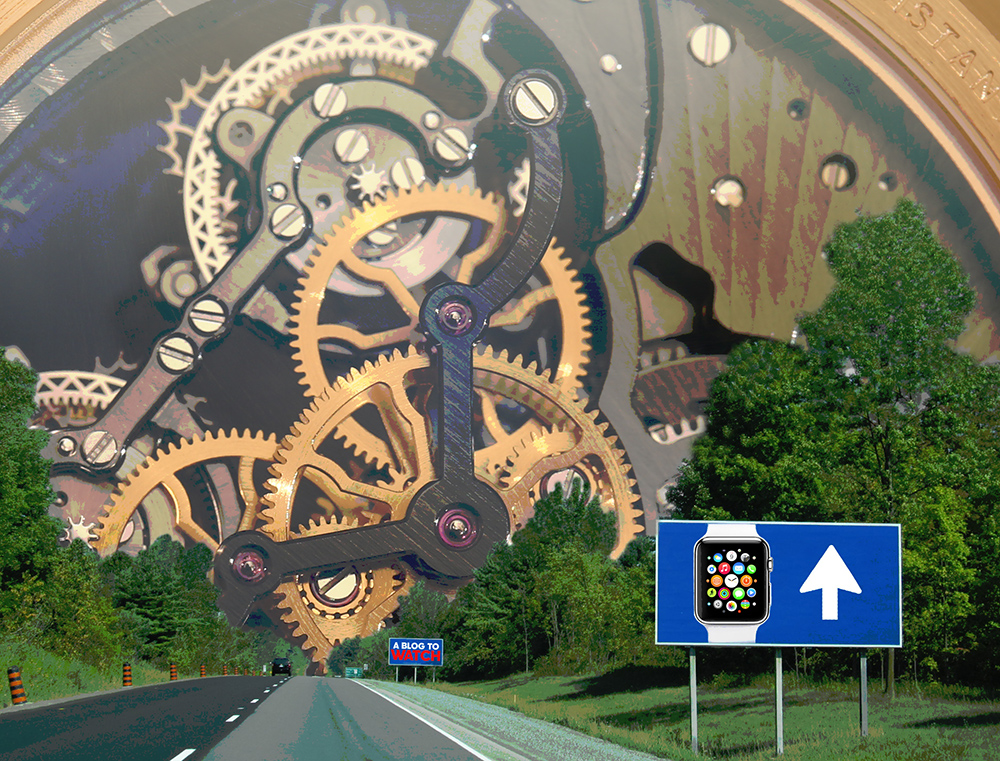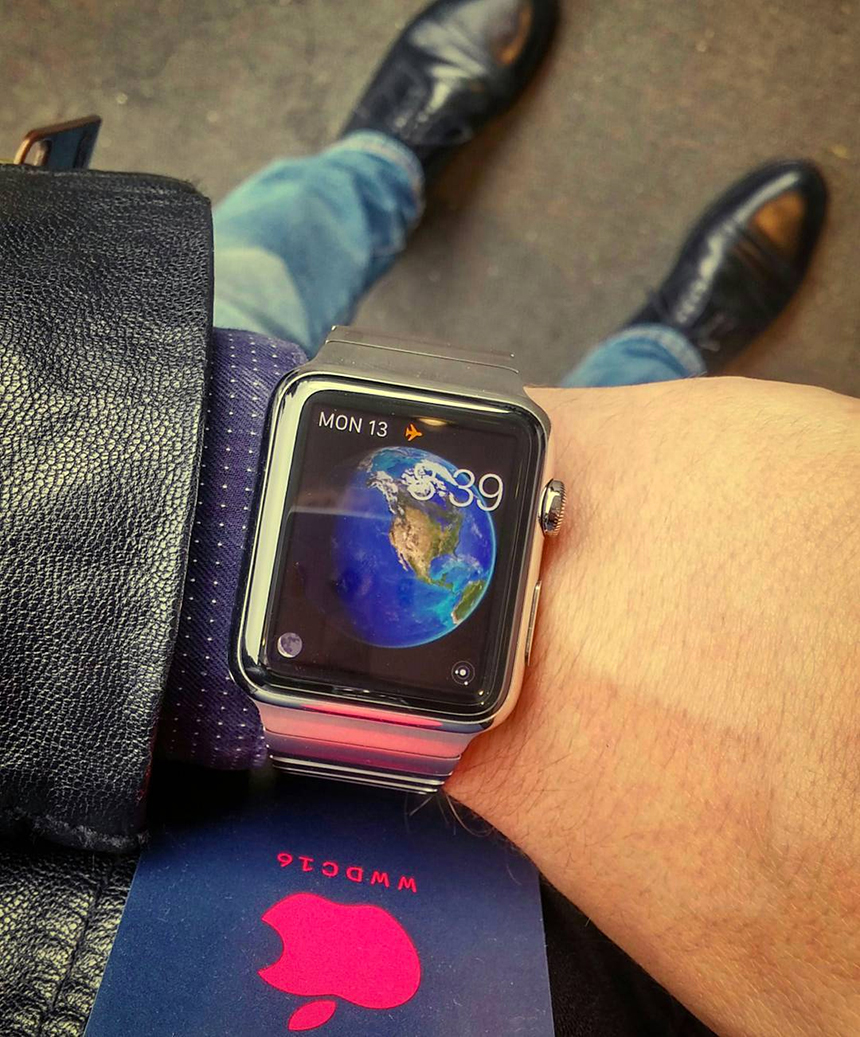
I’ll say right now that outside of some specialized uses in society most watches under $1,000 that aren’t smartwatches are going to be socially irrelevant soon. When people need smartwatches as a means to complement their expectation of internet connectivity, everyone is going to have one. It’s just too useful a space not to have an essential communication and health tool that dramatically improves your work, life, and health. But people will want a break from them or want to wear something more jewelry-like (but still manly) item on their opposite wrist. Thus, the luxury watch still has a place in society.
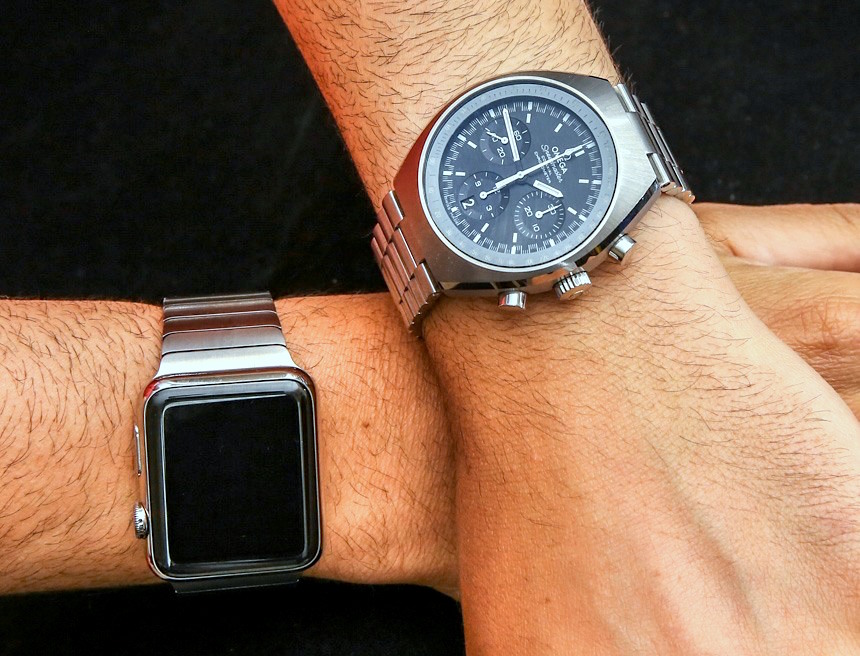
Yes, this is not the most honorable place for the luxury watch industry to exist, as mere baubles and toys… but let’s face it: they are toys. Fun, cool toys, for sure – but still toys. They stopped primarily being tools for most people many paychecks ago. People like luxury watches because they are cool toys with communicative value about what makes us unique as individuals.
No offense to the egos of the obviously storied and prestigious brands that make up the finest names in the pantheon of mechanical watch lore. I clearly love these companies. They occupy my mind and attention daily, and I am utterly happy when I can wear high-end watches. With that said, I once again fully admit that I am an adult who is as happy with a watch as I was with a cool action figure when I was under 10 years old. I’ve just kept a healthy sense of play into adulthood.
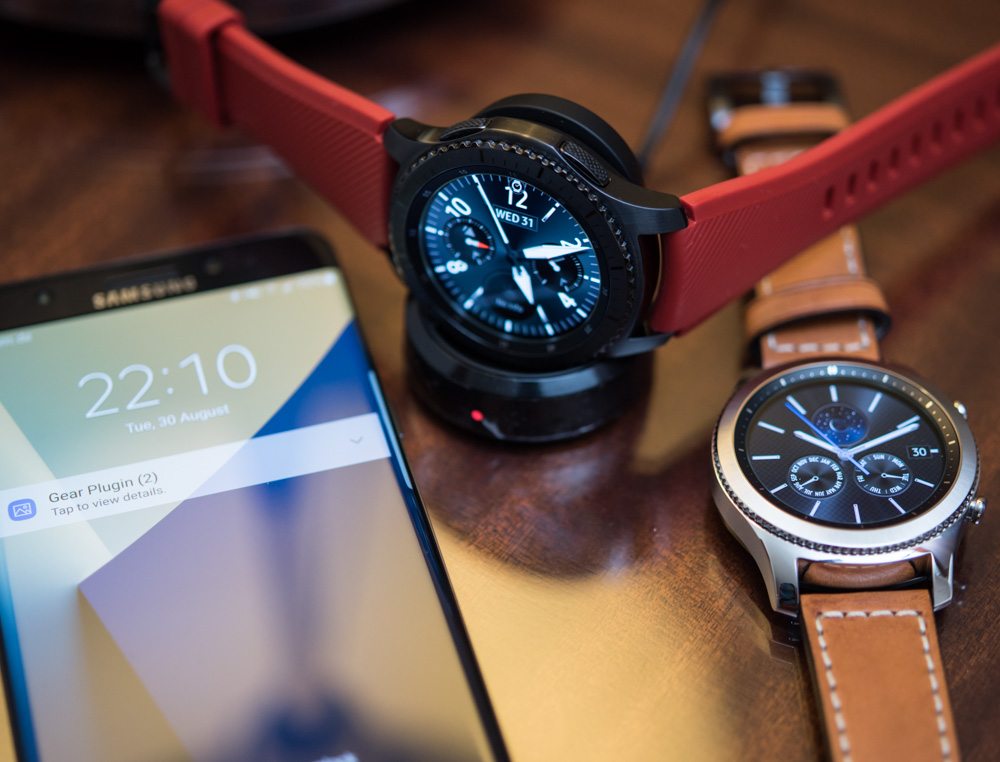
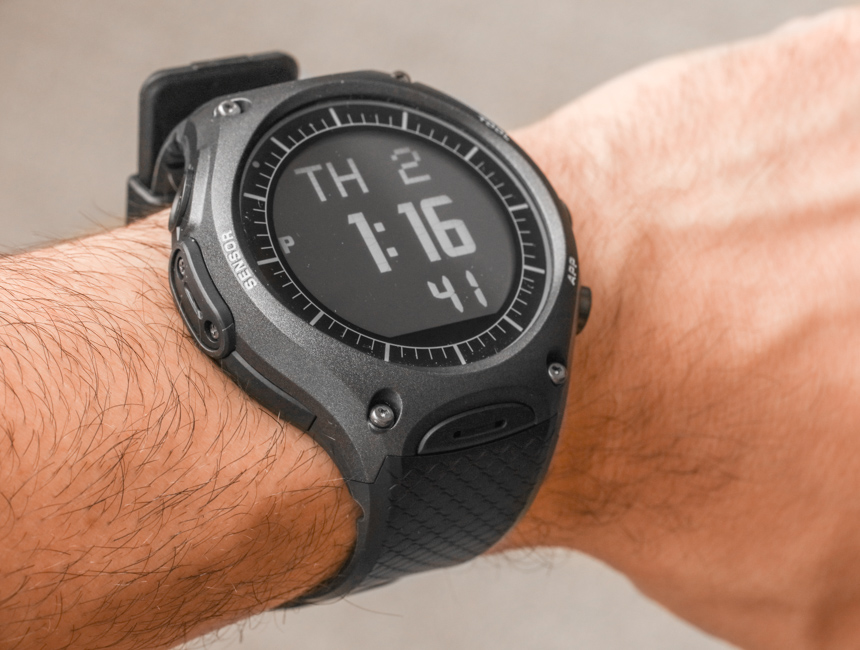
Smartwatches will prevent most non-luxury watches from even really mattering. Well, that isn’t entirely true, but I think smartwatches and mainstream watches that have a reason to still exist will eventually meld together. For example, it isn’t weird to consider a future when Casio G-Shock watches are substantially the same in design and cost, but also fully connected devices that operate as mobile computer companions.
It will only be the allure of well-made metal, artistic design, and craftsman-style construction that will pull people away (albeit temporarily) from smartwatches (i.e., what will be just termed normal “watches” in the future). Such an allure will be palpable as the fascination of these small wearable mechanical machines will continue to impress the eye and the soul in the future. As I’ve often said in the past, mechanical watches aren’t getting any more obsolete, so if we love them so much now, why would that change in the future?
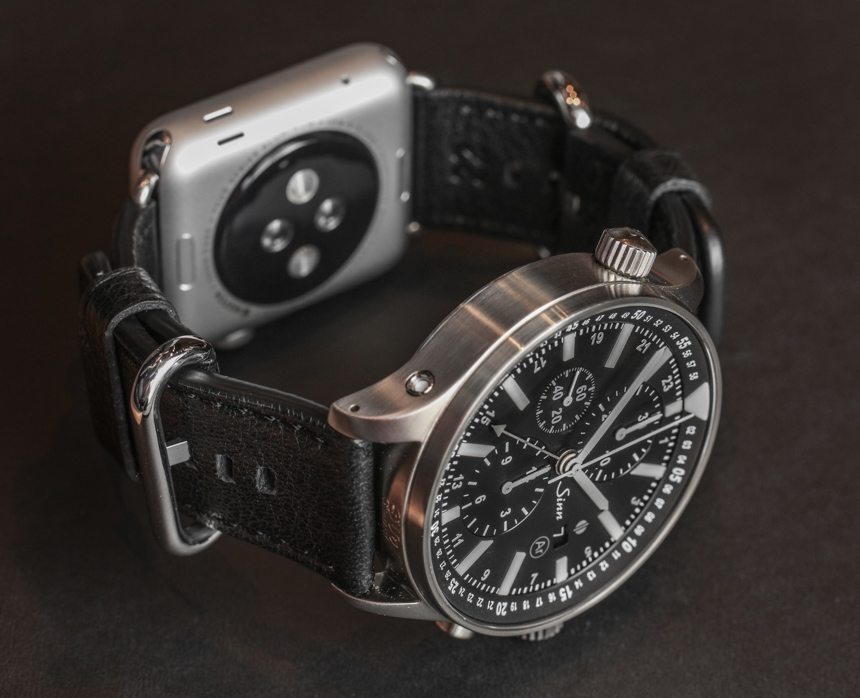
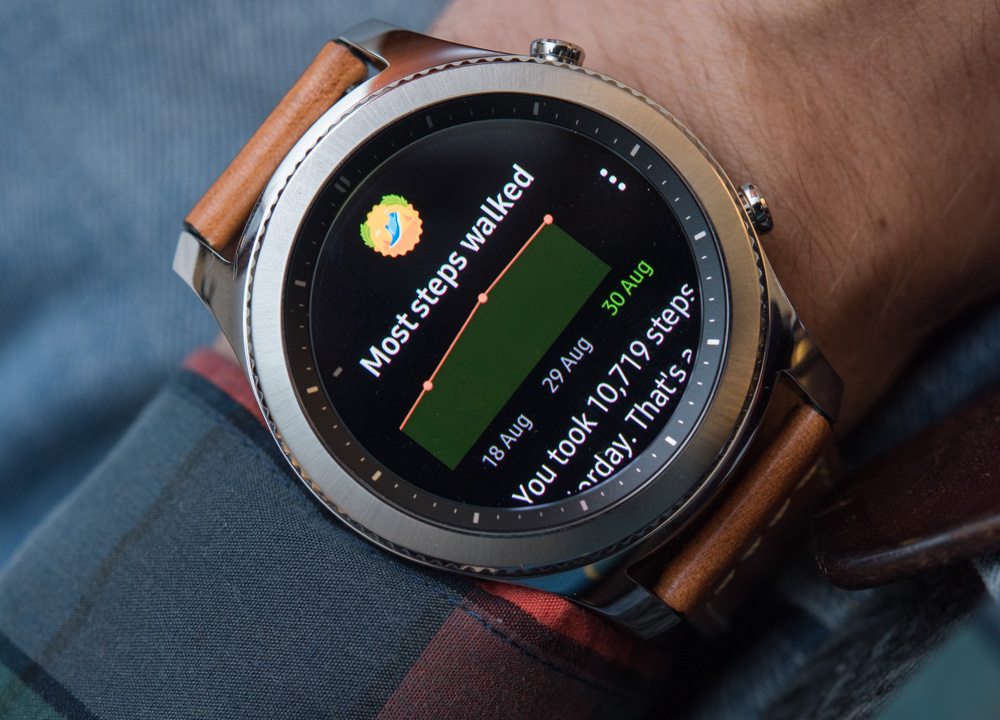
What people will need to decide – and something that I think hasn’t been really figure out yet, and for good reason – is how traditional watch lovers and collectors of high-end timepieces will be able to naturally integrate their love of “old-style watches” with modern connected watches. It might be the case that it will be a leisure lifestyle sign to take off a smartwatch for an evening out or social occasion, whereby people of class and sophistication replace them with a non-connected luxury object. Smartwatches may eventually prove necessary to the extent that taking them off for even a few hours while in public is not a good idea. Then, consumers might find ways of wearing both a modern and traditional watch, as the latter will still have the same communicative effect.
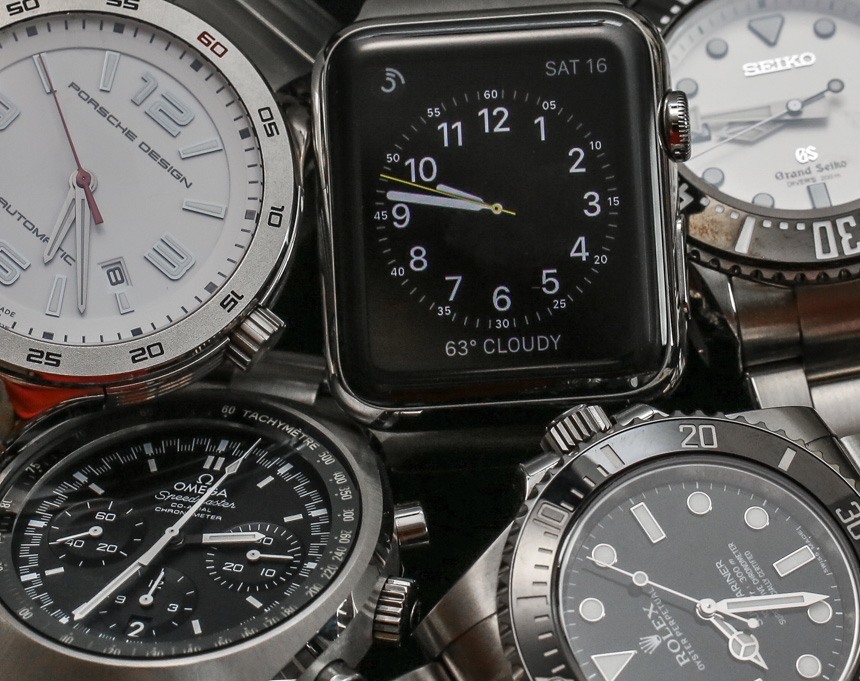
I am OK not knowing how people will figure out how to enjoy both the world of heritage and tradition, and the world of digital connection and convenience. People seem to have a way of figuring that stuff out. What I am confident in is that while the world of high-end watches will by virtue need to remain niche and boutique (which likely means a contraction in size of what the industry is today), it will have a permanent place in the market. Mechanical watches will continue to be available for the aficionados who will inevitably find out about them so long as the wrist remains an important place for modern technology and information.

